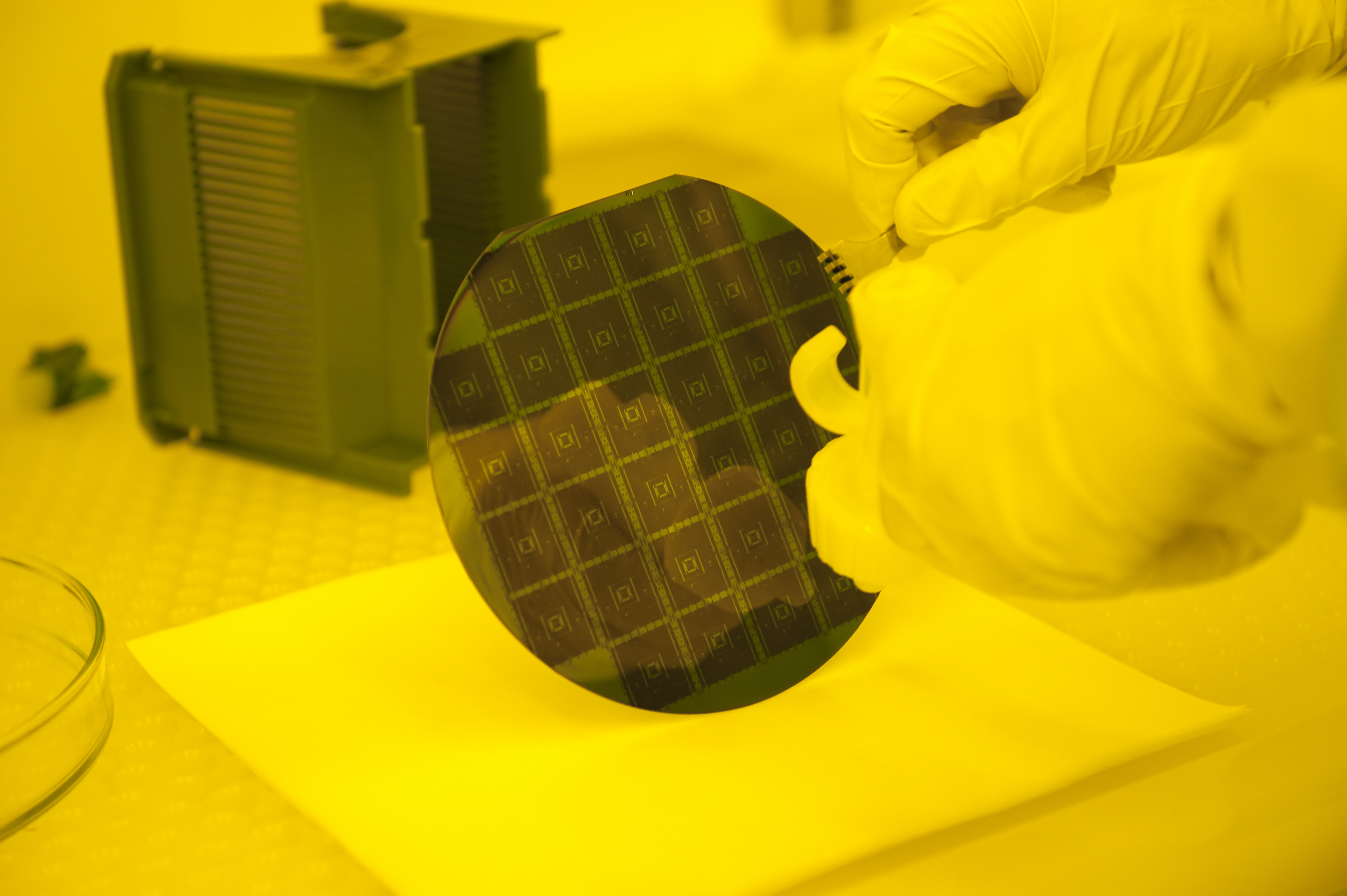Better diagnosis and greener internet
The Nanophotonic devices group enables, designs, fabricates, and characterizes nanophotonic devices for bio and health technology, communication technology, green and sustainable energy and quantum technology. To educate world class experts in mentioned areas we are suggesting interesting and challenging research projects for all level of students, bachelor, master and ph.d.

In health, we are working to improve the technology for diagnosing eye diseases. Furthermore, we research to improve communication technology, so that the future internet will be both faster and use far less energy. Finally, we are also researching quantum technology in the goal of contributing to the development of the quantum computer.
The quantum computer can be an important tool for the development of secure communication on the internet, new drugs, chemicals, catalyst a.o. by allowing simulations of the quantum systems.
3D imaging for diagnosis eye diseases
Today, more than 10% of the world’s population over the age of 60 has age-related macular degeneration, which causes vision loss and leads to blindness. According to the World Health Organization (WHO): 285 million people worldwide are visually impaired: 39 million are blind and 246 have low vision. 80 % of all visual impairment can be avoided or cured. Early diagnosis and follow-up treatments is necessary to prevent eye diseases from turning into blindness.
Early diagnosis is important since many eye diseases are curable. 3D imaging of the full eye makes comparison between scans taken at different times possible that is important for clinical use. The third generation optical coherence tomography systems uses a fast swept laser to create full 3D images of objects.
We design, fabricate and characterize a unique laser type enabling such images at MHz speed. This work is in collaboration with our spin-out company OCTLIGHT ApS. At DTU most of the work is related to laser technology but projects can be done in collaboration with OCTLIGHT.
Optical communication for a greener Internet
The use of optical communication technologies have brought many benefits to society by enabling social media, video conferencing and video streaming. These services rely on communication technologies and large data centers which already now uses a significant fraction of the world’s electricity production and the consumption is still increasing exponentially as more of the world’s population gets access.
This is not a sustainable situation unless new technologies are developed which uses significantly less energy per bit delivered to the end user. Optical technologies are a key enabler to achieve this as basic physics dictates that the power consumption of transmitting information on a light signal is orders of magnitude lower than doing it electrically.
For long distances fiber optical communication is already dominating and here we develop devices to keep the signals as much as possible in the optical domain instead of the frequent conversion back to electronics which is done today. However, most of the energy is used in shorter electronic links which we need to replace with optical links need new miniaturized optoelectronic components and this is a focus area for our group. This way we can keep improving communication and computers without overheating the world.
The Nanophotonic devices group conceives designs, fabricates and characterizes new semiconductor devices for applications within communications and medical technology. Starting by growing tailored crystals we continues using wafer bonding and nanolithography to create optimal structures for the problem at hand.
We address the power and capacity challenges at multiple levels by developing new devices to either efficiently manipulate light in space and time or by making new nanoscale devices to convert efficiently between the electronic domain (computers) and the optical domain (data transport).
Quantum technology for future secure communication
Quantum technology will revolutionize a variety of applications such as secure communication, simulation of quantum systems, and quantum computation. For instance, a quantum computer, relying on quantum mechanical properties such as the superposition and entanglement of quantum states, is shown to be capable of performing calculations more than 3,000,000 times faster than the most powerful conventional supercomputer.
However, there is still a long way to go before the commercialization of such technologies since the building blocks for generating, manipulating, and detecting quantum states are not fully mature.
To realize future scalable photonic quantum technologies, we develop integrated photonic platforms where the quantum states are manipulated via single photons or entangled photon pairs in compact, scalable photonic components, paving the way towards quantum supremacy
The quantum computer can be an important tool for the development of new drugs, chemicals, catalyst a.o. by allowing simulations of the quantum systems.
Contact
Kresten Yvind Group Leader, Professor kryv@dtu.dk